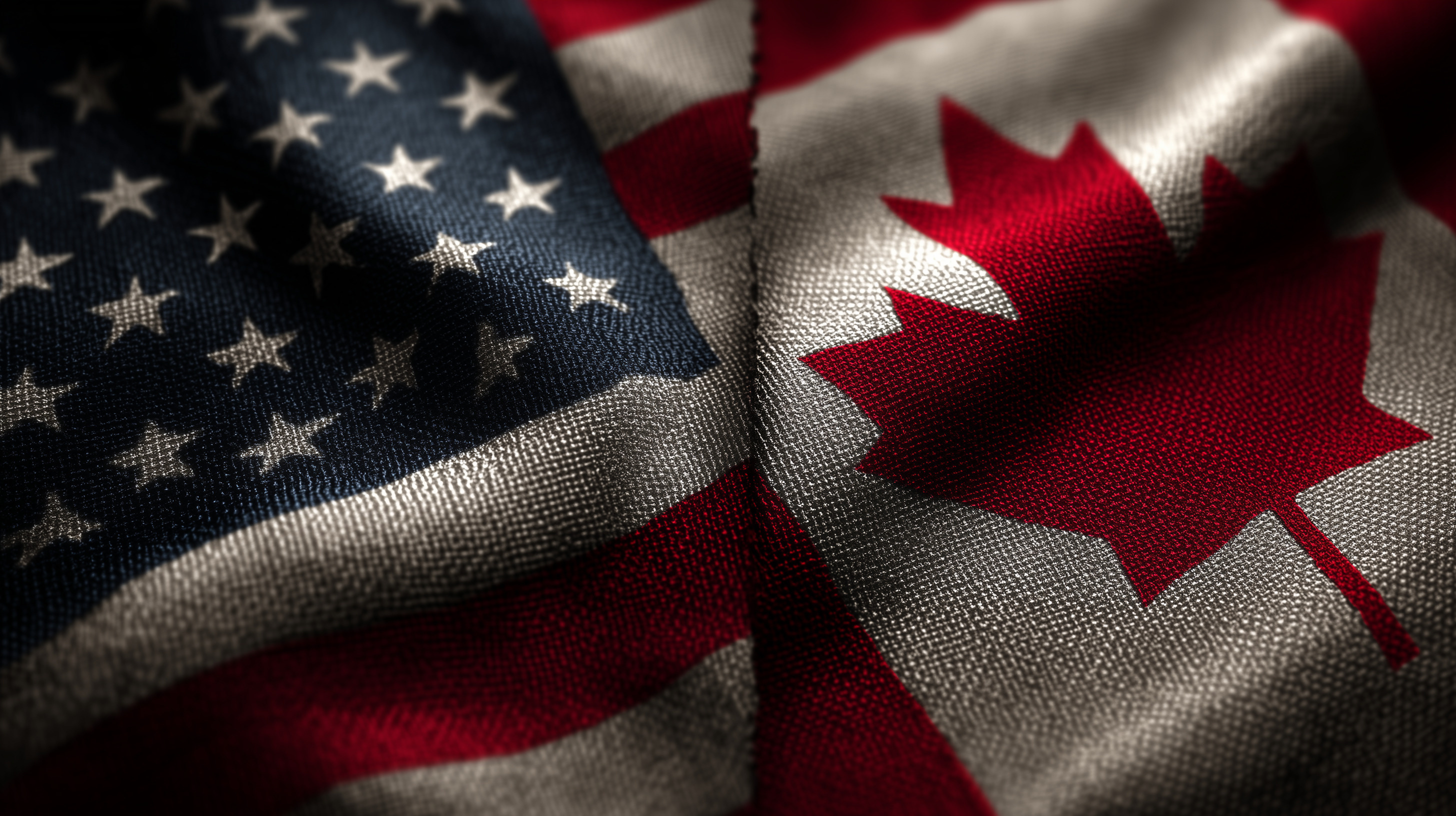Canada’s R&D tax credit program is considered one of the most generous in the world. Still, it comes with a few strings attached especially for U.S.-based companies trying to navigate the Scientific Research and Experimental Development (SR&ED) program for the first time.
In our recent webinar, the Exactera R&D tax credit team broke down the SR&ED landscape in a way that’s accessible, practical, and focused on helping U.S. businesses take advantage of these incentives without getting tripped up along the way.
Here’s a review of what we covered.
What Makes SR&ED Different
Unlike the U.S. credit, which allows a broader range of qualifying activities, SR&ED is focused on scientific or technological advancement, not simply building new products. To qualify, companies need to show:
- The work was done in Canada
- It aimed to solve a scientific or technical uncertainty
- The process was systematic, structured, and well documented
- The challenge extended beyond your company’s internal knowledge and would be difficult for a qualified professional in your field
Sound straightforward? It’s not. But that’s exactly why this webinar matters.
Three Paths to Qualify
Canada recognizes three core types of R&D under SR&ED:
- Basic research: Scientific work without a direct commercial purpose
- Applied research: Efforts to solve a problem with real-world impact
- Experimental development: Attempts to improve or develop products, materials, or processes
The credit also covers support activities— think engineering, testing, programming, and technical data collection—as long as they directly relate to a qualifying project.
Be Ready to Prove It
Documentation is everything under SR&ED. The CRA expects time tracking down to the day, detailed explanations of uncertainty and advancement, and full narratives for each project as part of your T661 filing. It’s more than a checkbox. It’s the heart of your claim.
If your company is used to the U.S. approach, this level of rigor may feel like overkill. But it’s become the standard not only in Canada, but across many Commonwealth jurisdictions.
U.S. vs. Canada: A Quick Comparison
In the webinar, we walk through how Canada and the U.S. differ when it comes to:
- Qualifying activities and costs
- Documentation requirements
- Time tracking and audit expectations
- How recent S. changes suggest a shift toward Canadian-style enforcement
For more detail on the U.S. side of the equation, check out our comprehensive guide: Everything You Need to Know About the U.S. R&D Tax Credit: An Updated, Comprehensive Guide.
There are big opportunities here, but also major pitfalls if you don’t understand the differences.
Want to see the full breakdown?
The session is packed with insights that didn’t make it into this post, including audit lessons, provincial nuances, and real-world examples of what does and doesn’t qualify.
Watch the full webinar now to get the guidance you need to file with confidence.










